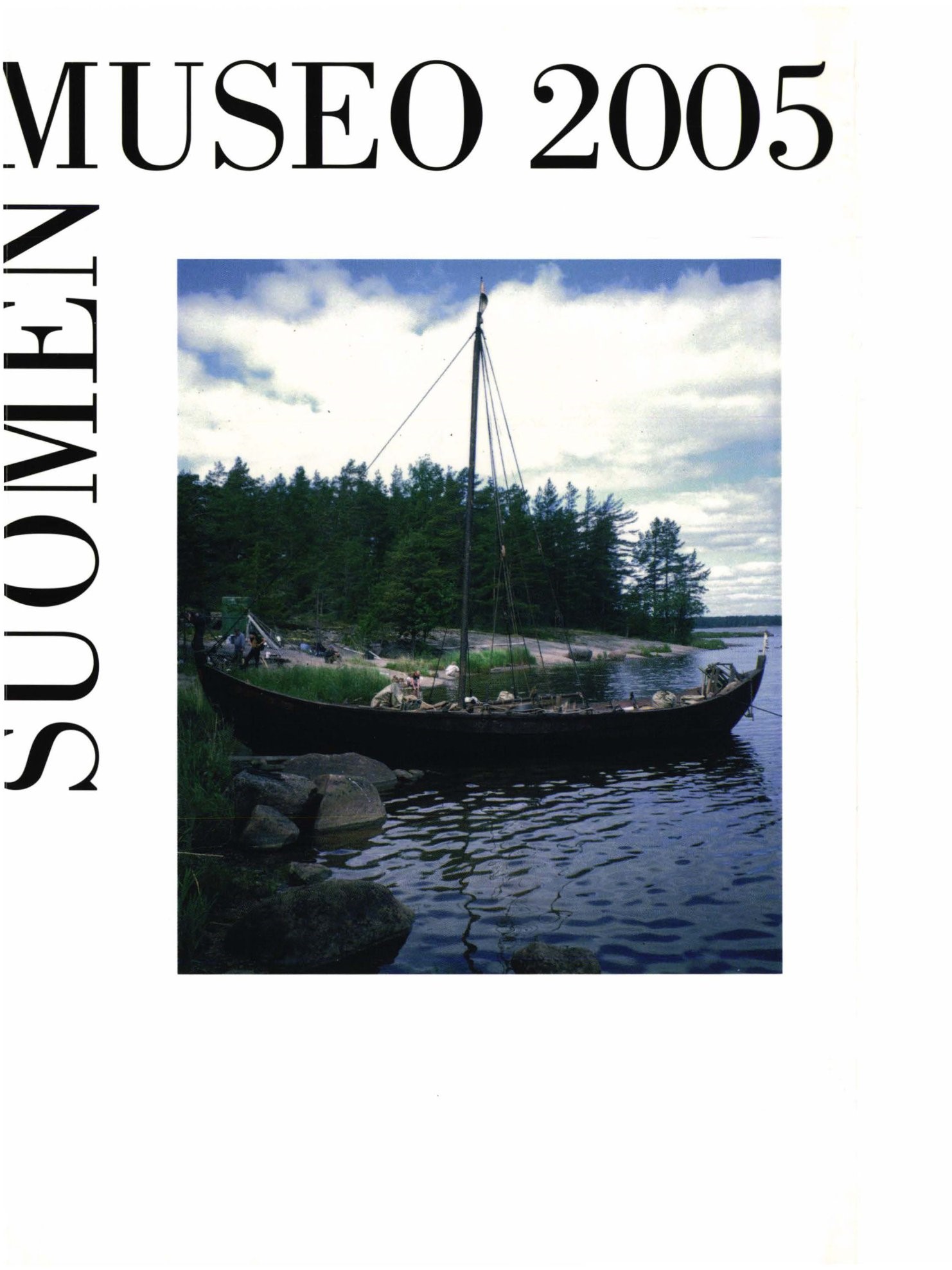Turun tuomiokirkon sormukset
Hautalöytöryhmä muistona sääty-yhteiskunnasta
Abstrakti
During extensive fieldwork at Turku Cathedral in 1923 and 1924, the archaeologist Juhani Rinne studied the architectural history of the building and the graves under the church floor. He collected textiles, jewellery and other artefacts from piles of debris and disturbed coffins, depositing them in the Cathedral museum. In addition to the finger rings found in Rinne's studies, the article describes and analyses a group of rings deposited from the Cathedral in studies carried out in 1918.
The 23 rings known from the Cathedral were mostly made during the 17th and 18th centuries, which is also the period when most of the graves studied by Rinne were built and used. Burials under the Cathedral floor were banned in the late 18th century. However, there are three rings which stylistically point to the 19th century rather than earlier periods. Six of the rings are no longer present in the museum collection. The rings which had a special, discernible use either signified marriage or bore the mark of the owner.
Unlike finds from other Finnish churches, many of the rings from Turku Cathedral can be associated with certain graves, coffins and thus families known from written sources. Some of the rings have inscriptions revealing their owners. Accordingly, it is even possible in some cases to associate rings with certain persons. To be buried under the Cathedral floor was only possible for the elite at the local and national level. In particular, the golden rings owned by the powerful Kurck and Horn families display a sense of the fashion trends of the time. Although the number of rings known from the Cathedral remains small, they appear to reinforce the observation made in historical archaeology that the highest strata of society are much more visible and identifiable in terms of archaeological material than other sections of past society. This is due to the upper classes' ties with literary culture, or rather, the imprint which they have left on the surviving archival sources. Furthermore, the elite had access to materials and artefacts which were valued and which have often survived in better condition.

